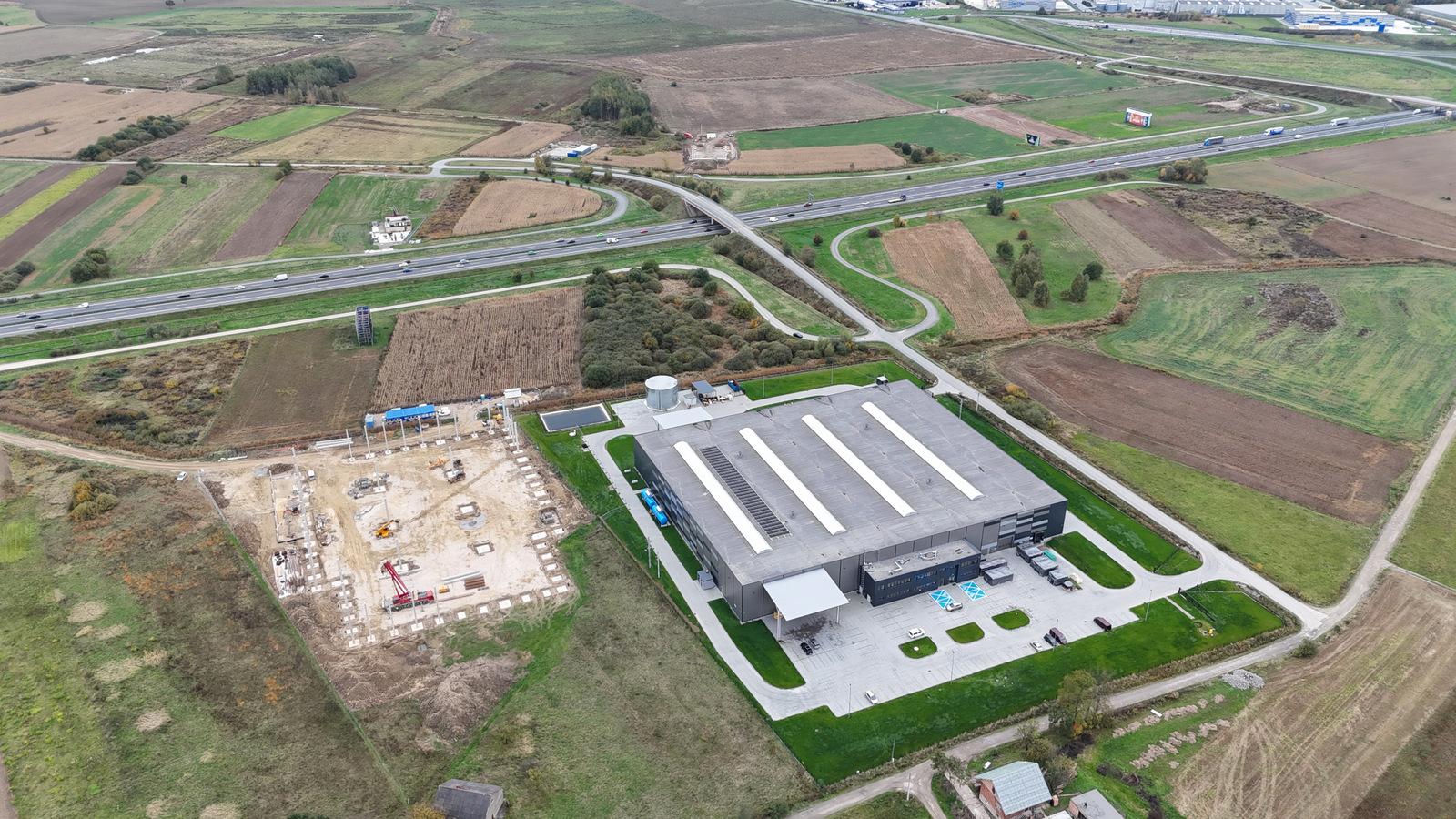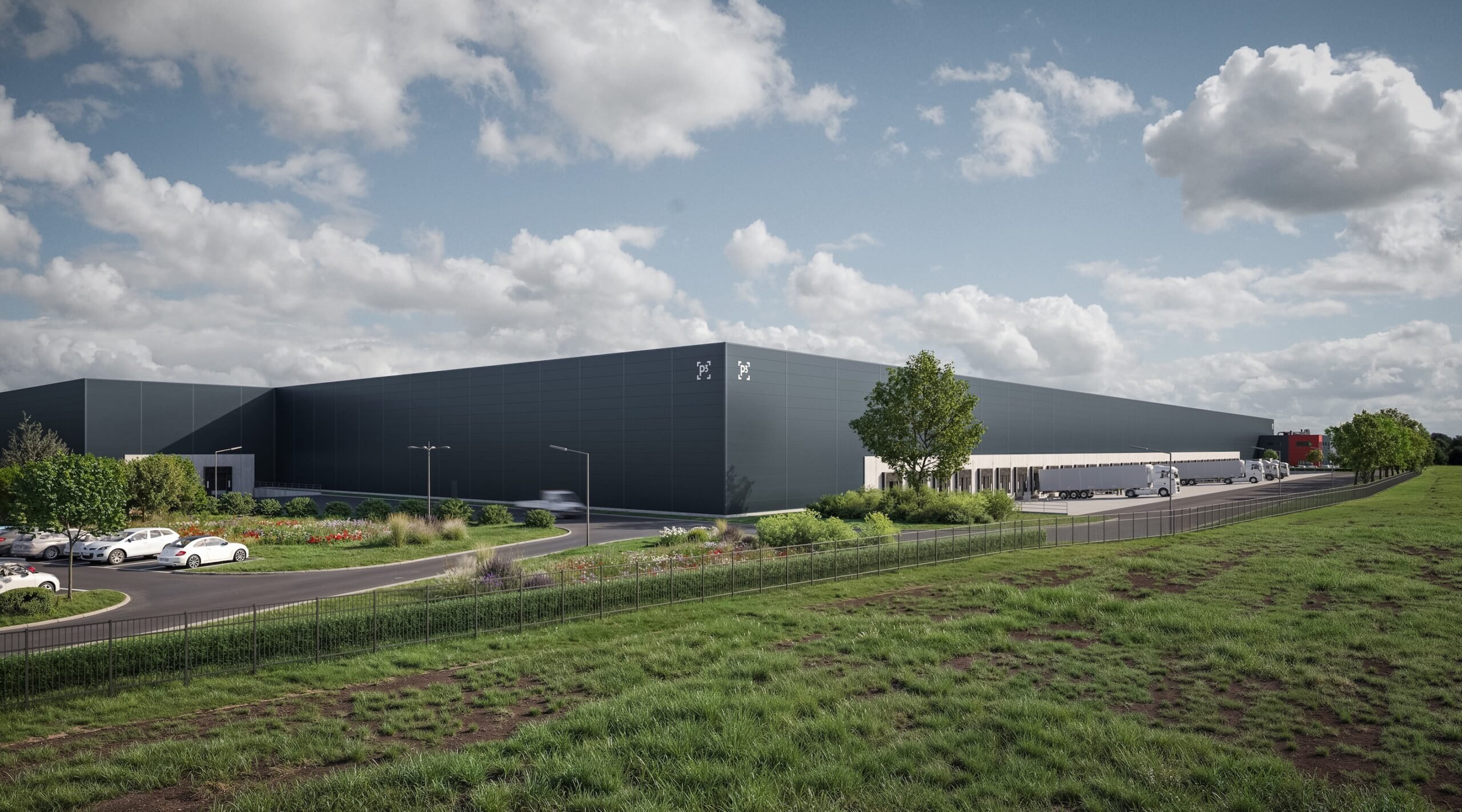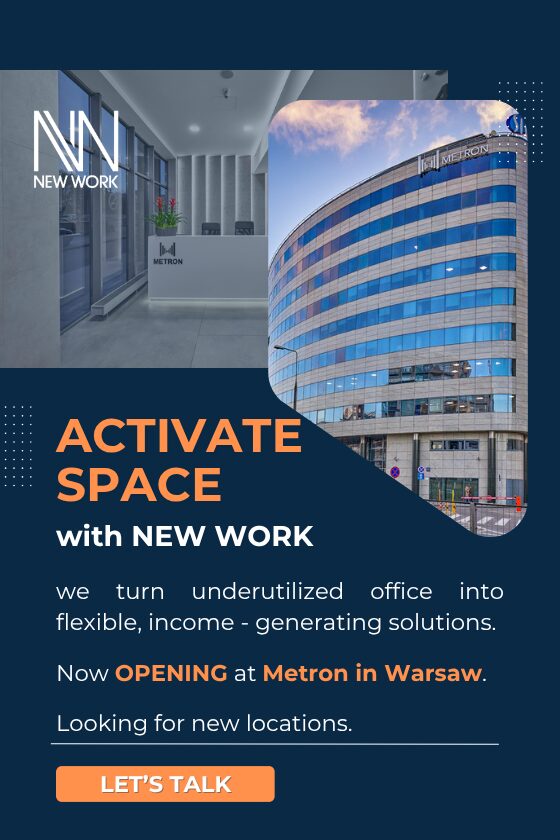Construction of new industrial space in the Czech Republic saw record growth last year. Nearly 1 million sqm of space was added, 22 percent more than the five-year average. Most construction occurred in the Karlovy Vary region and the total volume in the Czech Republic reached 11.7 million sqm. In contrast, demand weakened throughout the year and the vacancy rate increased by 94 basis points year-on-year to 1.74 percent, representing 205,500 sqm of immediately available industrial or warehouse space. The highest achievable rent, so-called “prime rent”, decreased slightly at the beginning of the year and settled at €7.50-7.70 sqm/month for the rest of 2023. This is according to a survey by Colliers.
Completions lagged behind original plans
Despite the addition of a total of 921,300 sqm in modern industrial space during 2023, and a total volume of new space that was 22 percent above the five-year average and 48 percent above the ten-year average, the result fell short of some expectations at the end of 2023. The market had been expected to surpass the 12 million sqm mark during this period. There was 1,348,300 sqm of space under construction at the end of last year, a 4 percent year-on-year increase. Most of the construction last year took place in the Karlovy Vary (30 percent) and Pilsen (15 percent) regions, followed by Prague and the Central Bohemia region (15 percent). It is worth noting that for most of 2023, there was not a single project under construction within the administrative boundaries of Prague, the Czech capital city. The main sites that help serve the country’s largest city are currently being built to the north and northwest of the capital, around the D8, D5 and D6 motorways. “Looking at currently planned projects around the capital, this trend is likely to continue for some time. At least until the development of transport infrastructure south and east of the city is resolved. That will spur further development of the regional industrial property markets,” explains Josefina Kurfürstová, an analyst at Colliers.
Vacancy rate below 2 percent
The vacancy rate increased by 94 basis points year-on-year to 1.74 percent, representing 205,500 sqm of immediately available industrial or warehouse space. Compared to some neighbouring markets, such as Poland, where the level of new and speculative construction has grown at a similar rate over the last two years but vacancy rates have increased much more sharply, this change is still low. “In Q3 2023, the vacancy rate for the Polish market increased by 358 basis points year-on-year to 7.71 percent. However, unlike the Czech Republic, this space is being delivered to the Polish market and is immediately available for occupancy. In the Czech market, thanks to several large projects, there is a growing volume of unfinished space that is built but not completed and requires 3-6 months of additional construction to be operational and for tenants to move in,” comments Josefina Kurfürstová, adding that while the vacancy rate is at 1.74 percent, these unfinished spaces could potentially increase the vacancy rate on the market to above 4 percent if they are completed quickly on a speculative basis.
Cooling demand
There was a slowdown in demand during 2023 as most market players struggled with the changing macroeconomic situation. Gross realised the demand for the full year was 1,520,600 sqm, a 31 percent year-on-year decline and an 18 percent decline on the five-year average. Net realised demand was 927,900 sqm, down 27 percent year-on-year. Pre-lets accounted for the largest share of transactions (41 percent), closely followed by renegotiations (38 percent).
The overall figures for 2023 were on par with 2019, although there were larger quarterly fluctuations. The highest quarterly take-up in Q2 exceeded 550,000 sqm, while the lowest quarterly take-up in Q3 did not even reach 200,000 sqm. In terms of gross demand, tenants in the logistics and transportation sector leased the most space in 2023 (35 percent), followed by manufacturing companies (33 percent): especially automotive and electronics manufacturers.
Rents are stable
The highest achievable rent, so-called “prime rent”, decreased slightly (by 3 percent) at the beginning of the year and stabilised at €7.50-7.70/sqm/month for the rest of 2023. This is still more than a 50 percent increase from the beginning of 2021 and even more compared to 5 years ago. In contrast to markets around major cities in Germany, for example, where prime rents have risen by around 20 percent since 2021, this growth in the Czech market is quite massive. Regions outside of the capital have seen slightly slower, but at the same time much steadier, growth; this is instead of a decline in 2023. We currently see rents in prime regions at €5.70 – €6.60/sqm/month. Rents for mezzanine office space are between €9.50 and €12.50/sqm/month. Service charges are typically around €0.75 – €1.00/sqm/month.
Nearshoring brings new opportunities
The recurring supply chain crisis, this time in the disrupted trade routes across the Red Sea, has some clients thinking again about “nearshoring” or diversifying their manufacturing and warehousing operations to more secure locations in neighbouring regions. The Czech Republic may thus gain new opportunities. While the region remains at a higher cost level, it offers a very convenient geographical location that tenants appreciate when servicing the entire Central European region. In addition, it is considered to have the most educated workforce and the most economically developed complexity of services and products.







